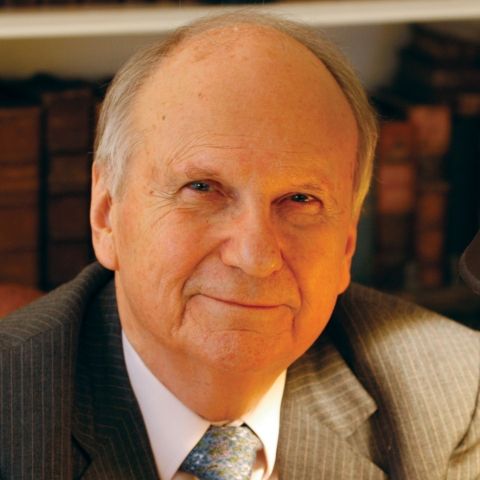
Who Belongs: The Constitution of Virginia and the Political Community
George Mason’s famous Declaration of Rights for Virginia (1776) highlights the idea of community. The document declares that government is “instituted for the common benefit, protection, and security of the people, nation, or community.” But when the Declaration turns to the question of who in that community should have the vote, it is more qualified. To have the right of suffrage, men must have “sufficient evidence of permanent common interest with, and attachment to, the community.”
The Declaration’s standard, turning on “permanent common interest” and “attachment,” was sufficiently open-ended to allow later generations to debate just how broad the franchise should be. In the early 19th century – the era of Jeffersonian and Jacksonian democracy – reformers, especially in the Piedmont and the Valley of Virginia, filed petition after petition asking for a convention to revise the 1776 Constitution. Finally, the state held a convention in 1829-30, making only modest reforms. Then, in 1850-51, another convention brought about essentially universal white male suffrage.
The Civil War and Reconstruction brought yet more voters to the rolls – former slaves and other blacks who now would be enfranchised. But this was not to last. The constitutional convention of 1901-02 overturned the progressive Constitution of 1870, which had created Virginia’s first statewide system of public education. For the first time since the founding era, the trajectory was not an enlarged electorate. Instead, the Constitution of 1902 was an instrument of disenfranchisement, both of blacks and poor whites.
A key question of constitutional design is the question of what is meant by the creation of a political community. Who belongs, who does not? Who counts, who does not? Reformers like Thomas Jefferson, an outspoken critic of limiting the franchise to property holders, thought it unacceptable that men who had risked their lives for their country could not vote if they did not own property. Reformers after the Civil War wanted black Virginians to have the full benefits of citizenship, including the franchise.
In constitutional design, deciding who gets to vote is but one way to answer the question of who belongs and who does not. There are other clear signals as to who is on the outside, such as provisions that discriminate against certain races. For example, the 1902 Constitution mandated that public schools be segregated. Jim Crow laws made it even more clear who was a true member of the community and who was not. And so life continued in Virginia for the next half century and more.